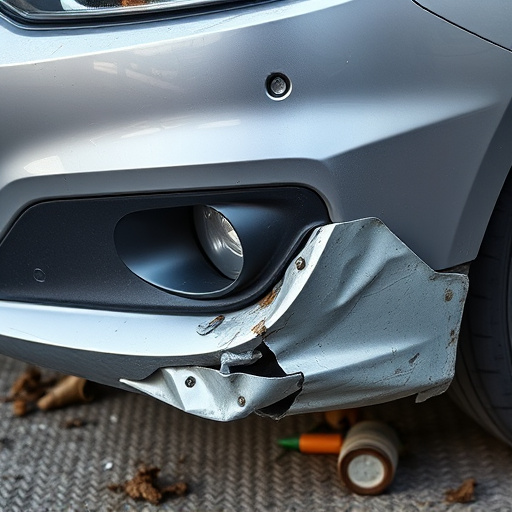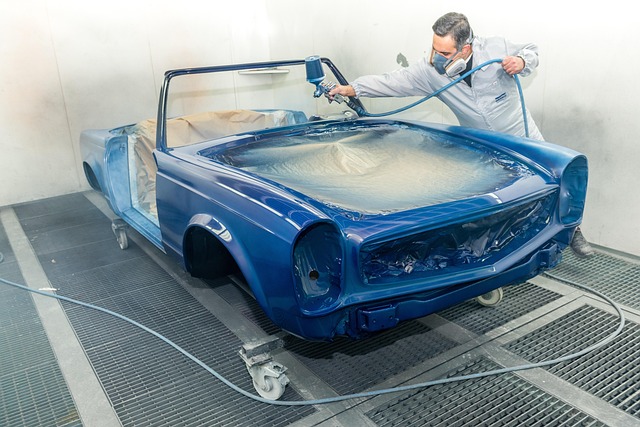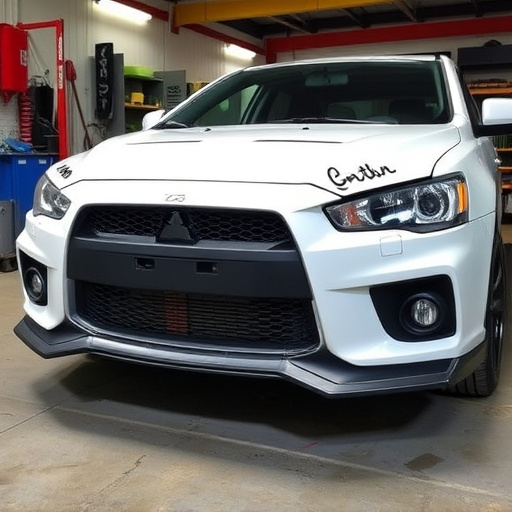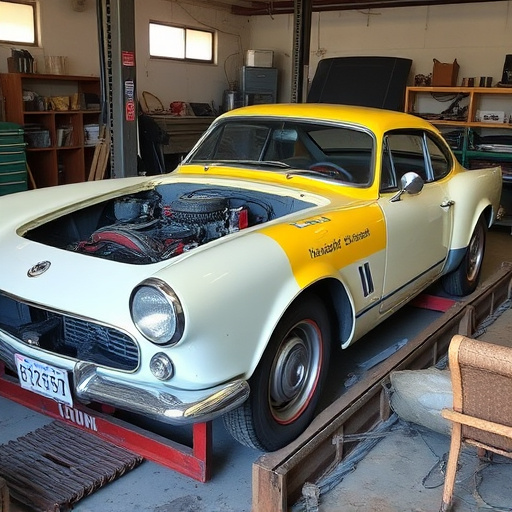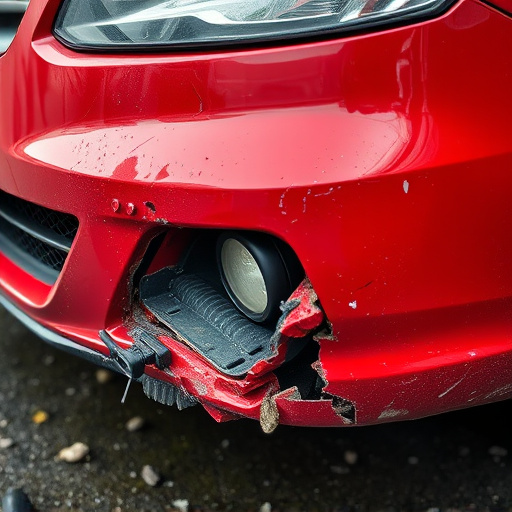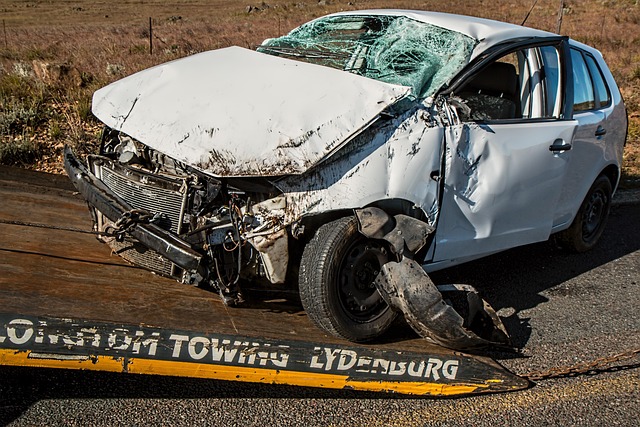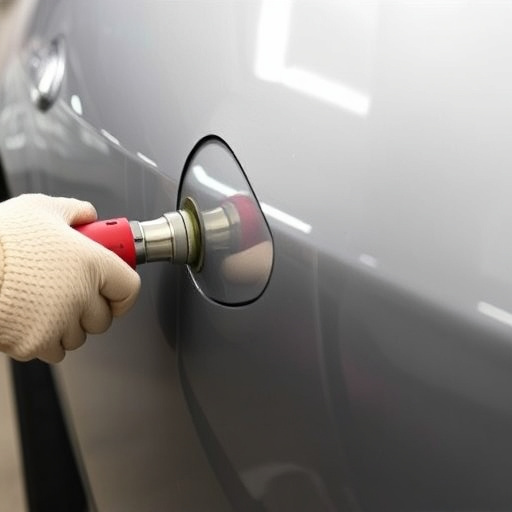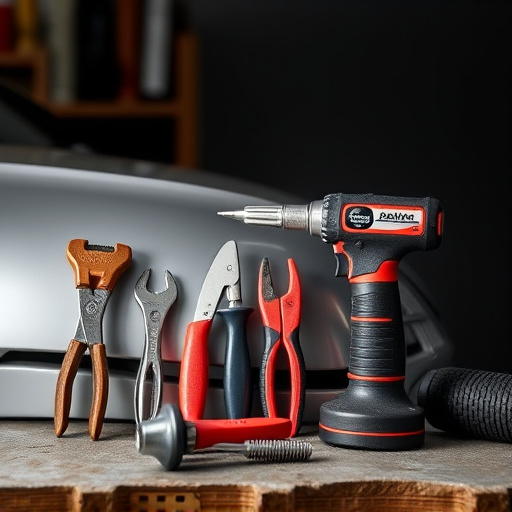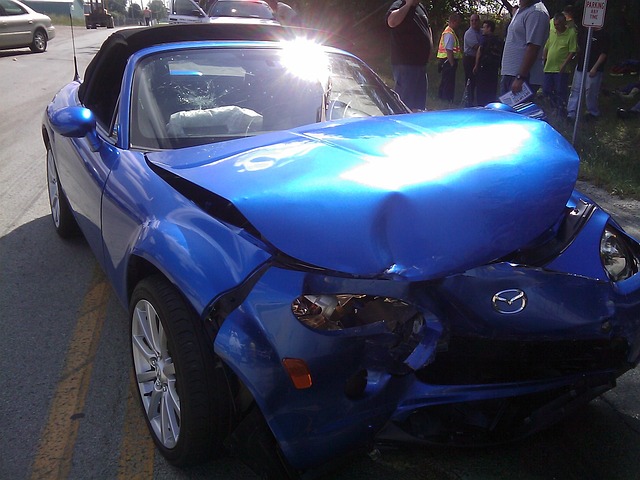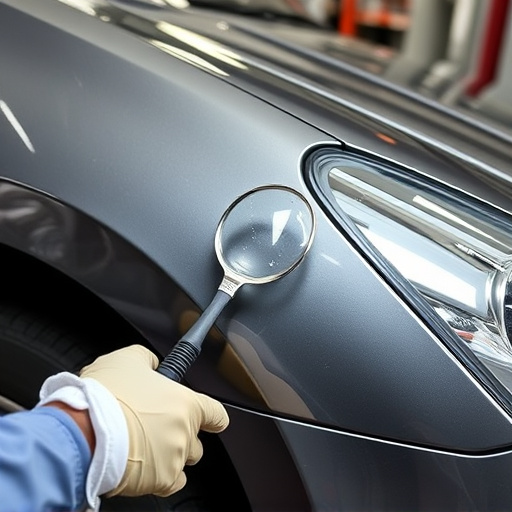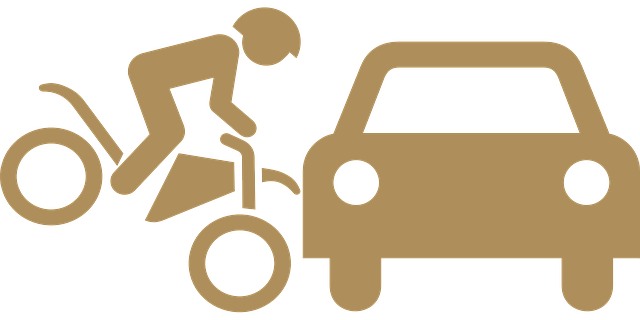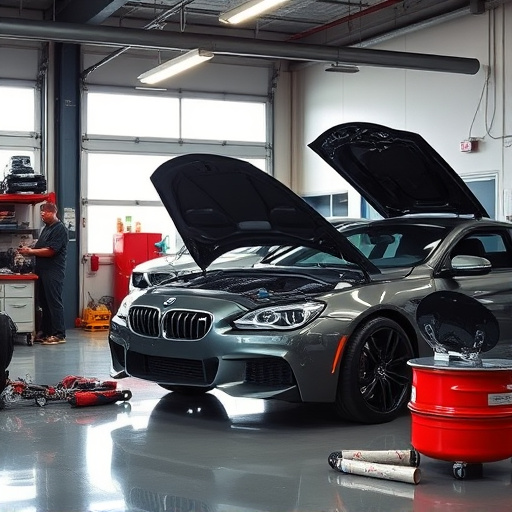A meticulous damage assessment, documented through photography, is crucial for successful plasma cutting collision repair. Selecting a versatile, powerful plasma cutter with adjustable settings and quiet operation ensures precise results. This technique offers efficiency, accuracy, and minimal material damage, enabling professionals to make complex repairs with ease.
Mastering plasma cutting collision repair is a valuable skill for any automotive professional. This comprehensive guide offers 10 essential tips to help you achieve precision and success in your repairs. From evaluating damage and selecting the right tools to mastering cutting techniques, these strategies will equip you with the knowledge needed to navigate complex collision scenarios effectively. Discover how to choose the best plasma cutter, assess damage accurately, and execute flawless cuts for superior repair outcomes.
- Evaluating Damage: Assess Before You Begin
- Tool Selection: Choosing the Right Plasma Cutter
- Technique Mastery: Precision Cuts for Repair Success
Evaluating Damage: Assess Before You Begin
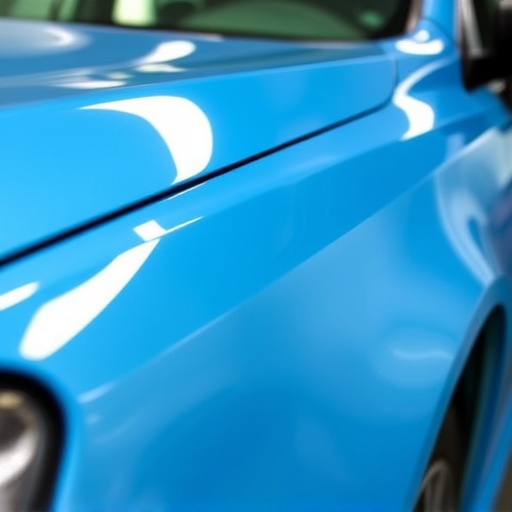
Before diving into any plasma cutting collision repair, a thorough assessment of the damage is crucial. It’s essential to identify all affected areas, from dents and dings to cracked or missing components. This initial evaluation not only helps in understanding the scope of work but also ensures that every detail is considered for successful restoration.
Inspecting the vehicle closely involves checking for hidden damage, such as internal panel deformities or compromised structural integrity. It’s a good practice to photograph the damage from various angles as a reference point throughout the repair process. This step is pivotal in ensuring accuracy and achieving original manufacturer standards in both aesthetics and safety, especially when considering tire services or auto body repair within an auto body shop.
Tool Selection: Choosing the Right Plasma Cutter
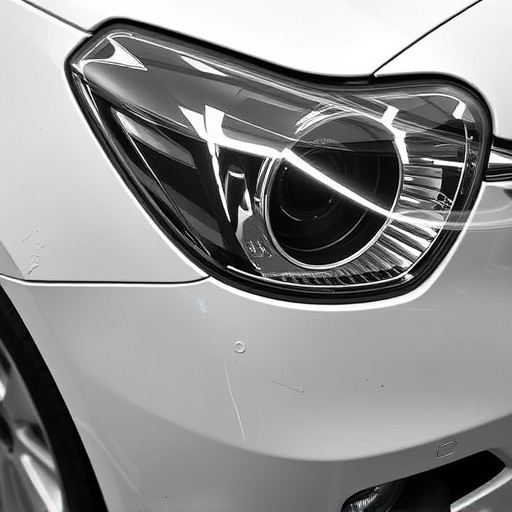
When it comes to plasma cutting collision repair, selecting the right tool is paramount. The ideal plasma cutter for this task should be capable of delivering precise, controlled cuts while offering sufficient power and portability. For paintless dent repair and autobody repairs, a multi-purpose plasma cutter that can handle various materials and thicknesses is essential. Look for models with adjustable settings, allowing you to fine-tune the cutting process based on the specific requirements of each repair job.
Consider factors like current capacity, cut depth capabilities, and noise levels when choosing your plasma cutter. A higher current capacity ensures faster cutting through heavier metals, while quieter operations are beneficial in confined spaces or for extended use. Additionally, consider the availability of accessories like different nozzles and consumables to adapt your tool to diverse collision repair scenarios, enhancing both efficiency and versatility in your work.
Technique Mastery: Precision Cuts for Repair Success
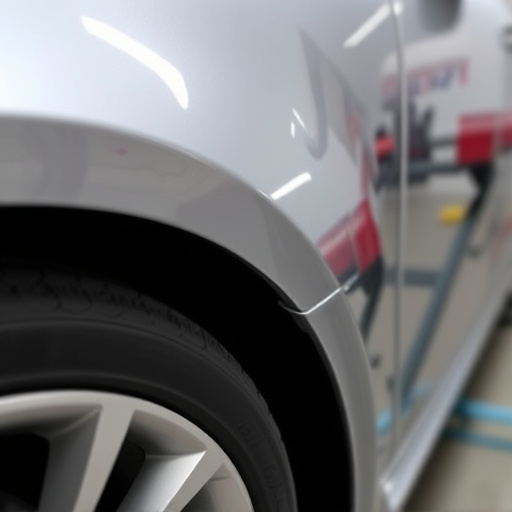
Mastering the art of plasma cutting is a game-changer when it comes to collision repair. This precise and controlled process ensures that every cut is made with accuracy, enabling technicians to fix car scratches and other damage with minimal fuss. The key lies in understanding and practicing proper technique. With experience, professionals can navigate complex shapes and contours, making even the trickiest repairs look as good as new.
In the world of automotive repair, plasma cutting collision repair stands out for its efficiency and precision. Unlike traditional methods, plasma cutting allows for clean, crisp lines, reducing the risk of chipping or burning surrounding materials. This is especially crucial in a car repair shop where aesthetics matter. Whether it’s removing damaged panels or shaping new parts, mastering this skill promises to elevate any collision repair process.
Mastering plasma cutting collision repair involves a combination of careful assessment, strategic tool selection, and precise technique. By following these 10 tips, you’ll be well-equipped to tackle collision repair projects with confidence and skill. Evaluating damage thoroughly and choosing the right plasma cutter for the job are foundational steps, while technique mastery ensures clean, accurate cuts for successful repairs. With dedication and practice, you can elevate your collision repair game using this innovative technology.
